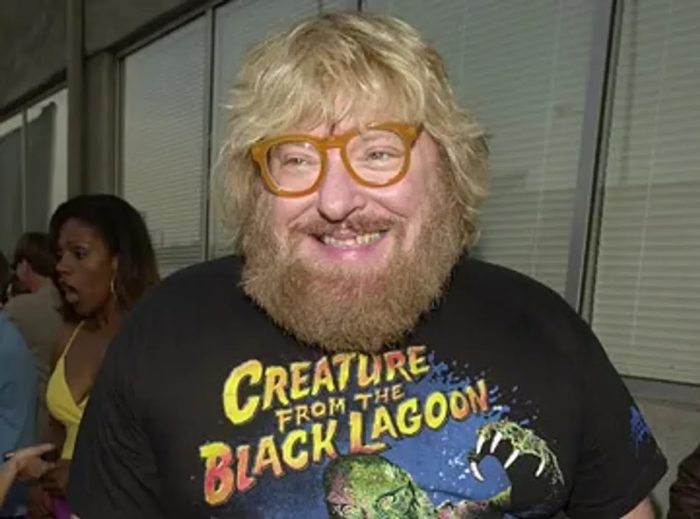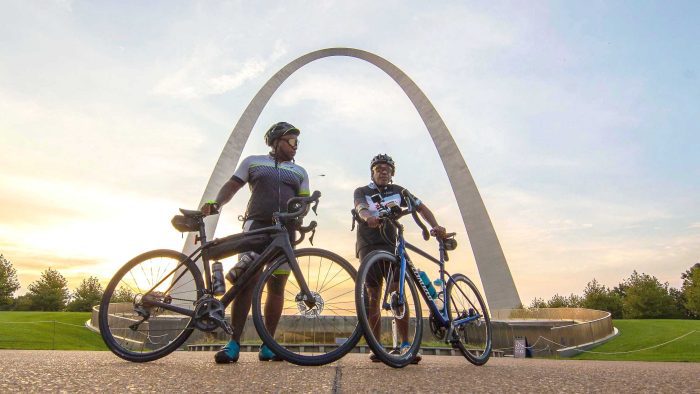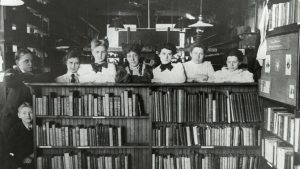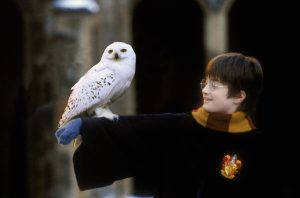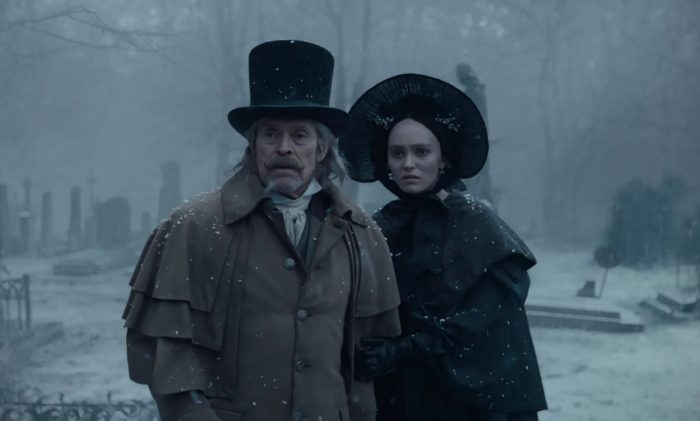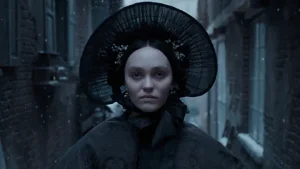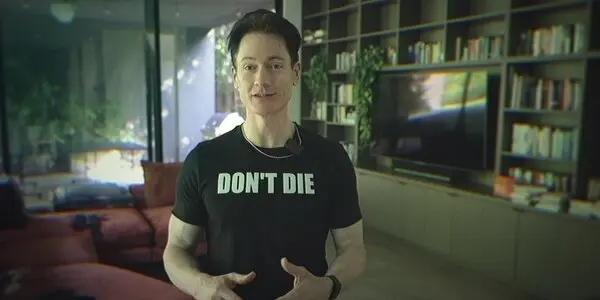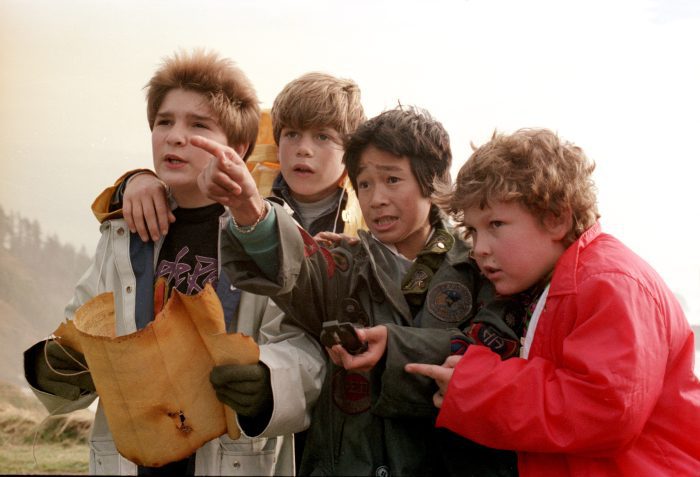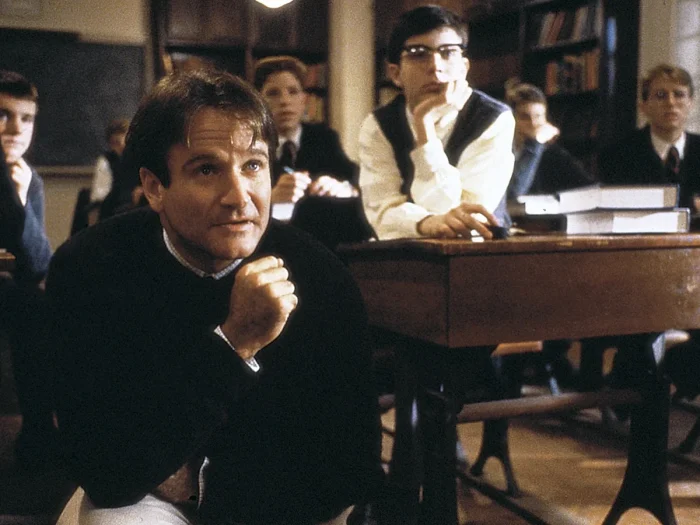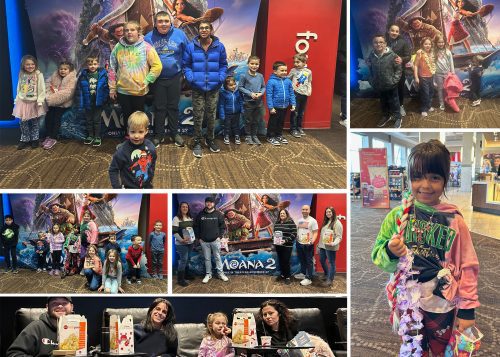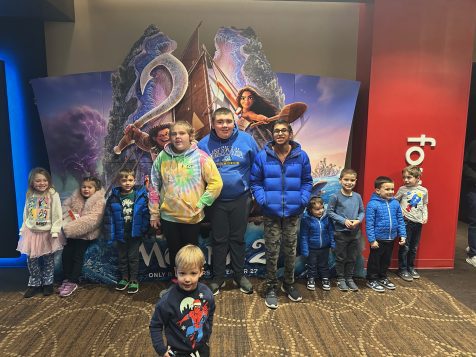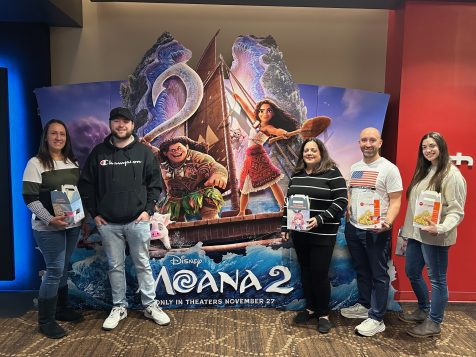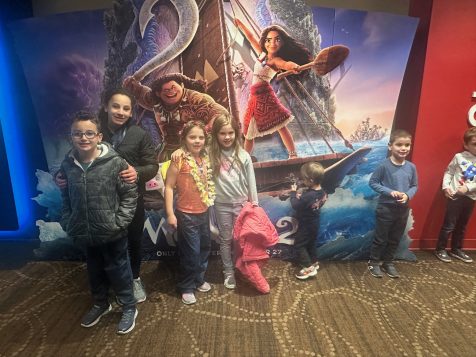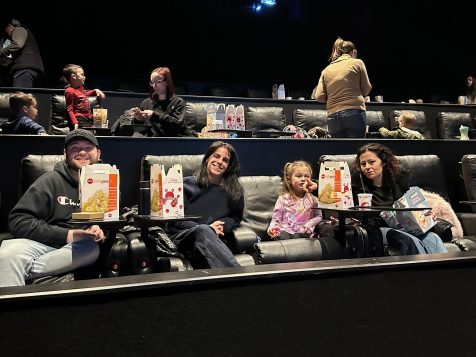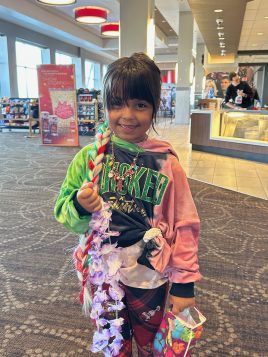By Tara Mae
As we become more dependent on home screening services, the social element of going out and experiencing a film together becomes a special occasion. The award-winning Port Jefferson Documentary Series (PJDS) returns for the Spring 2025 season with accounts of individual feats and community achievements that are worth leaving home to see.
Presented by the Greater Port Jefferson Arts Council (GPJAC), all screenings will be held at The First United Methodist Church, 603 Main Street in Port Jefferson, on select Thursdays between March 6 and April 24 with a start time of 7 p.m.
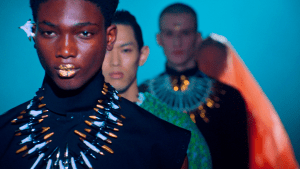
Stories traverse topics featuring the historical accomplishments of women in politics; environmental integrity and enterprise; socio-economic factors of fashion; celebration of self-expression; friendships forged from shared struggles; and moments of triumph amid tribulations. This season’s documentaries investigate the impact of individual acts of courage and compassion.
They acquaint audiences with persons and perspectives, situations and sensibilities that they may otherwise not encounter.
“PJDS looks for a high-level of craft as well as a depth of emotional connection. We are also attuned to the opportunities provided by a film to spark local collaborations or to showcase local voices as part of the overall screening experience,” said Kelly DeVine, Board Member and Chair of film programming at GPJAC.
After many of the screenings there will Q&As between the audience and guest speakers associated with the documentaries’ productions or subject matter, or an event with a local community outreach partner. Tom Needham, executive producer and host of “Sounds of Film” on WUSB, will moderate discussions for three of the films.

And there will be other interactive elements, such as an upcycled fashion show. Arranged and emceed by Marcela Pinzon, owner of The Fashionable Stylista, a fashion design school in Syosset, the show will model her students’ upcycled designs: clothing deconstructed and re-sewn into new articles; repairs incorporated into new patterns, etc.
“We have been trying to bring more community groups into the post-screening planning to increase our collaborations, reach new audiences and craft post screening activities that reflect the spirit or the topic of the film. PJDS is more than a movie night, it’s a community event,” DeVine explained.
Sponsored by Maggio Environmental Waste Collection, Dumpster Rentals & Recyclin, Metal Masters, Paumanok Veterinary Hospital, Covati & Janhsen CPAs PC, and Port Jeff Storage Inc. with a Suffolk County grant from the Suffolk County Office of Cultural Affairs & the Suffolk County Film Commission, the series is a symbiotic exercise in communal conversation.
“We strive to get people off their tiny smart phone screens and enjoy a much larger screen as a community gathering,” GPJAC chairman Allan Varela said in an email.
PJDS aims to foster interest not only in the arts, but in each other.
“Part of the benefit is that the PJDS has won Best Film Festival award in the Best of Long Island contest nine years in a row,” Varela continued. “We compete against Gold Coast, Huntington, Stony Brook and the Hamptons [film festivals], among others…Our stature brings in audience from all over the Island and therefore into the Village of Port Jefferson.”
Art in general, and PJDS specifically, is an avenue through which individuals may find common ground.
This season begins with Shaking It Up: The Life and Times of Liz Carpenter on March 6.
The film explores the story of the eponymous woman who was witness to and involved in some of the most historically significant moments of the 20th century, as among her many roles, she was the first female executive assistant to a vice president for Lyndon B. Johnson and then press secretary for Lady Bird Johnson. A conversation with director Abby Ginzberg will follow.
In Every Little Thing on March 13 filmmaker Sally Aiken profiles bird rehabilitator Terry Masear, who has devoted her life to saving and protecting hummingbirds in the Los Angeles area. The screening will be followed by a conversation with Terry Masear, Dr. Carl Safina, Patricia Paladines of the Institute for the Conservation of Tropical Environments, and Dr. Maria Bowling.
A Man with Sole: The Impact of Kenneth Cole on March 20 follows the career of fashion designer Kenneth Cole and how his professional success supports his philanthropy. Director Dori Berinstein will join a Q&A via Zoom.
Facing the Wind on March 27 examines the connection forged between two women as they care for their spouses stricken with Lewy Body dementia. Director Deirdre Fishel will join the post-film discussion in person with Cindy Morris of the Benson Agency.
Man from Pretentia on April 3 is tender portrait of “quirky” art dealer, Paul Bridgewater, who became a fixture of the Downtown NYC art scene. The screening will be followed by a conversation with Director Chih Hsuan Liang and producer Steve Zehentner.
Dust to Dust on April 10 chronicles haute couture designer Yuima Nakazato’s realizations about the detrimental effect of “fast fashion” on the world and how he shifts his attentions to sustainable fashion. Resources on recycling and a upcycled fashion show led by the head of The Fashionable Stylista academy of Syosset, Marcela Pinzon will follow the screening.
The season closes with Front Row on April 24 which showcases the Ukrainian National Ballet’s poignant company tour as it performs far from the frontlines and invites a soldier who lost his legs to partake in a singular performance. The screening is followed by a discussion about the film and Ukraine with Professor Juliette Passer of Stony Brook University.
Selected by PJDS co-chairs DeVine and Wendy Feinberg, the films are sourced from number of different festivals: DocNYC, Tribeca, Sundance, etc. Personal industry connections, honed from years of working on this and other series, also helped shape the lineup.
Contenders were then voted on by a team of long-term PJDS board members and volunteers, including DeVine and Feinberg; community outreach coordinator Barbara Sverd; co-chair emeritus Lyn Boland; Denies Livieri; Yvonne Lieffrig; Ronnie Levy; and, Lise Poulos.
The group shares a commitment to seeking and sharing documentaries that enhance human understanding as they invoke personal insights.
“PJDS is always looking for films that offer distinct points of view, that open up new ways of looking at the world and that provide opportunities to reflect on the connections we may share however far-flung or different the story may appear initially,” DeVine said. “All of our films will offer great experiences and each brings its own emotional tone and opportunity for connection.”
Individual film tickets are $10 each while a season pass is $58. For more information about the PJDS or to reserve your seat, visit www.portjeffdocumentaryseries.com.


